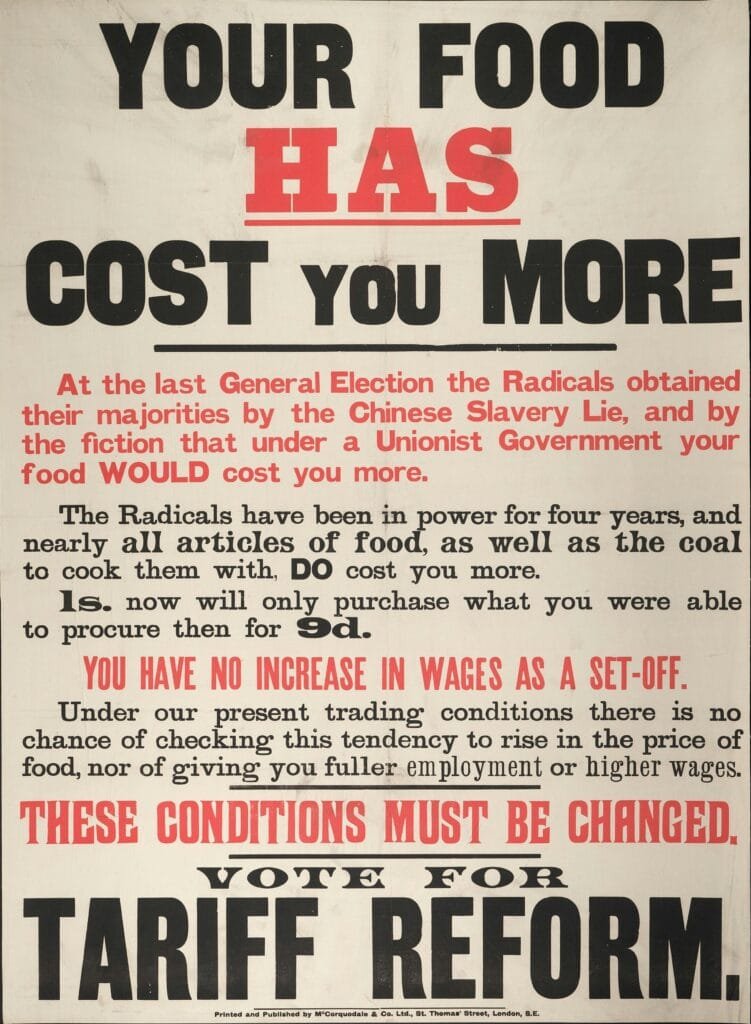Fiscal Deficits During Republican and Democrat Presidencies

Introduction to Deficit Trends
Fiscal deficits represent a critical aspect of national financial health, reflecting the shortfall when a government’s expenditures exceed its revenue. Understanding deficits is essential, as they can influence interest rates, inflation, and overall economic growth. Prolonged deficits may lead to increased government borrowing and debt levels, which, in turn, can affect future fiscal policies and citizen well-being. The interplay of economic factors and political agendas often complicates discussions surrounding deficits, resulting in polarized perspectives influenced by party affiliations.
In the realm of fiscal policy, media coverage can significantly shape public perception. An evident bias often emerges during discussions about deficits, particularly concerning the contributions made by different political administrations. While Republican presidents have at times been linked to significant increases in the national deficit, certain narratives in media circles tend to underplay or overlook these trends. This selective emphasis can foster a misconstrued understanding of the responsibilities and impacts associated with fiscal management by various administrations.
The past half-century presents a striking backdrop for examining the deficit trajectories under both Republican and Democrat leadership. By analyzing these trends, one can glean insights into how fiscal policies, influenced by political ideologies, manifest in tangible economic outcomes. The objective of this discussion is not merely to assign blame but to highlight the broader economic implications that arise from differing approaches to managing the deficit. This foundational understanding sets the stage for a more nuanced discourse on the relationship between political leadership and fiscal responsibility.
Deficit Contributions by Republican Presidents
Throughout the years, Republican presidents have played a significant role in shaping the national deficit trajectory. Notably, fiscal policies introduced during their administrations often prompted considerable increases in the national debt. This section examines the contributions of three Republican presidents: Ronald Reagan, George W. Bush, and Donald Trump.
Starting with Ronald Reagan, his presidency (1981-1989) marked a paradigm shift towards supply-side economics, characterized by substantial tax cuts aimed at stimulating economic growth. However, this approach led to a ballooning deficit, with the federal budget shortfall reaching $74 billion by the end of his second term. The increased military spending and tax reductions implemented during Reagan’s tenure had lasting implications for subsequent fiscal policy, as government revenues surged insufficiently to cover expenditures.
George W. Bush’s administration further exacerbated the deficit issue. His first term saw a deficit increase of $102 billion, primarily driven by tax cuts and wartime expenditures. The post-9/11 era initiated significant military engagements, namely in Iraq and Afghanistan, contributing heavily to federal spending. However, it was during Bush’s second term that the national deficit escalated dramatically, culminating in an additional $1.54 trillion. This stark rise underlined the challenges associated with financing large-scale military operations while simultaneously implementing expansive tax cuts.
Lastly, Donald Trump’s presidency further escalated the national deficit, with an addition of approximately $2.1 trillion during his time in office. Trump’s tax reforms, which included substantial cuts to corporate tax rates, alongside increased spending on defense and infrastructure, propelled the national deficit to new heights.
In total, the collective deficit contributions by Ronald Reagan, George W. Bush, and Donald Trump amounted to around $3.8 trillion. This staggering figure illustrates how Republican fiscal strategies have substantially influenced the overall national deficit, revealing a complex relationship between economic policy and public perception in the context of deficit management.
Deficit Reductions by Democrat Presidents
Throughout American history, Democrat presidents have demonstrated a commitment to reducing the national deficit. Notably, Bill Clinton is renowned for his fiscal accomplishments, particularly during his second term in office. After inheriting a growing deficit, Clinton implemented a series of fiscal policies that included tax hikes on the wealthiest Americans and strategic spending cuts. This approach culminated in a significant reduction of the deficit by $383 billion, ultimately leading to a budget surplus by the end of his administration. His legacy highlighted the effectiveness of combining revenue increases with disciplined spending, contrasting sharply with previous deficit trends.
Following Clinton, Barack Obama faced a daunting fiscal landscape, primarily due to the aftermath of the Great Recession. His administration introduced measures such as the Affordable Care Act and the American Recovery and Reinvestment Act, both designed to stimulate economic growth while attempting to control the deficit. Through a combination of reduced expenditures and increased tax revenues, Obama’s policies resulted in a remarkable deficit reduction of approximately $825 billion over his two terms. The focus on economic recovery and investment in key sectors played a vital role in recovering the nation’s financial stability, showcasing the Democrat approach towards deficit management.
More recently, President Joe Biden has also made strides in deficit reduction, having reduced the national deficit by approximately $942 billion within a short period. His administration’s strategies have included a focus on taxing corporations and the wealthy to ensure a fairer tax system while increasing spending on social programs that aim to boost the economy. These actions reflect a continued Democratic focus on balancing fiscal responsibility with social commitments. By examining these three presidencies, one can discern a consistent pattern of utilizing fiscal policies aimed at deficit reduction, effectively contrasting the abilities of Democrat leaders against their Republican counterparts in managing national finances.
Understanding the Patterns: Republican vs. Democrat Fiscal Policies
The analysis of fiscal policies under both Republican and Democrat administrations reveals notable trends concerning budget deficits. Historical data indicates that the United States has experienced significant fluctuations in national deficits depending on the party in power. Under Republican leadership, there appears to be a consistent pattern of increasing deficits. Key instances include the presidencies of Ronald Reagan and George W. Bush. During these periods, expansive tax cuts and increased military spending contributed to substantial budget shortfalls. The rationale often presented by Republicans is that stimulating economic growth through tax incentives compensates for initial deficits. However, empirical evidence has frequently shown that this strategy has not resulted in the anticipated decrease in national debt.
Conversely, Democrat administrations have generally worked towards reducing these deficits. For instance, the Clinton presidency saw a shift toward fiscal restraint whilst simultaneously enforcing new tax measures. The result was a significant surplus by the end of his presidency. More recently, the Biden administration has introduced various economic proposals that aim to address deficit reduction through increased revenues, alongside targeted spending to stimulate growth. This approach signals a larger commitment to fiscal prudence, with an emphasis on balancing economic recovery with long-term deficit reduction.
These patterns have profound implications for voters. Understanding the relationship between party policies and their economic repercussions is crucial for informed decision-making. Individuals evaluating political platforms are encouraged to consider the historical outcomes of past fiscal policies when assessing current proposals. A critical examination of how party affiliations correlate with budgetary outcomes empowers citizens, prompting them to ask pertinent questions about future fiscal responsibility. Grasping the interplay between political ideology and economic performance aids in navigating the complex landscape of American fiscal policy.




